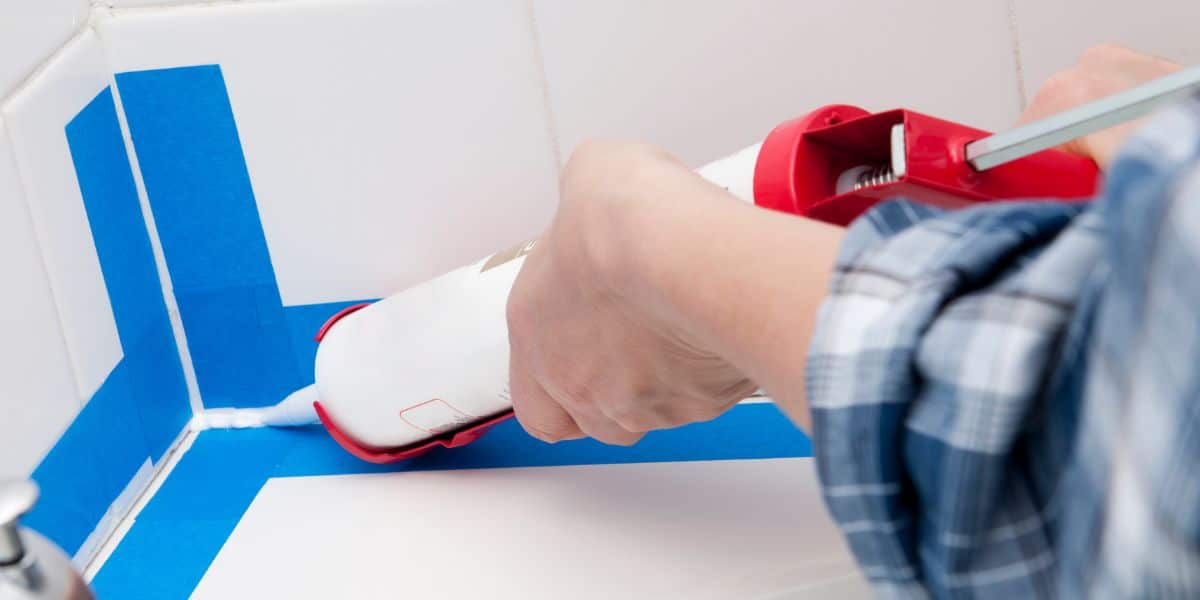Necessary Repairs to Make Before Listing Your Home
Selling a home is an exciting but complex process, and ensuring your property is in top shape before listing your home can make a significant difference in attracting buyers and securing the best possible listing price. Even minor flaws can give potential buyers the wrong impression, leading to hesitation or lower offers.
By addressing necessary repairs before showings, you can enhance real estate photos, avoid common seller mistakes, and create a positive first impression. Some repairs may seem small, but they can impact buyer confidence and even influence negotiations. A pre-listing inspection can help you identify potential issues early, allowing you to fix them before buyers raise concerns. In this guide, we’ll cover the essential repairs to make before listing your home and how they can affect the cost of selling a house.
Address Structural and Safety Issues First
Before making cosmetic updates, focus on structural and safety concerns. Buyers are far less likely to overlook these types of problems, and they can cause delays or even prevent a sale. Ensuring your home meets basic safety standards will not only provide peace of mind to buyers but also prevent surprises during a home inspection.
- Roof Repairs: A damaged roof is one of the biggest red flags for buyers. Missing shingles, leaks, or visible aging can cause concerns about costly future repairs. Addressing these issues in advance can prevent negotiation hurdles and reassure buyers.
- Foundation Cracks: Small foundation cracks are common, but larger ones may signal serious structural concerns. Consider having a professional assess and repair any visible foundation issues before listing.
- Electrical and Plumbing Systems: Buyers often request inspections to ensure the home’s electrical and plumbing systems are up to code. Faulty wiring, outdated breaker panels, or leaking pipes should be fixed before listing.
- HVAC Maintenance: A heating or cooling system in poor condition can be a major turnoff for buyers. Regular maintenance and replacing air filters can help demonstrate that your home has been well cared for.
Consulting your Realtor before making these repairs can help you determine which fixes are essential and which might not be necessary, ensuring you invest wisely in your home’s pre-listing preparations.
Fix Cosmetic and Surface-Level Issues
Once structural and safety concerns are addressed, improving your home’s appearance can make a significant impact on buyer interest. Even minor cosmetic flaws can stand out in real estate photos, giving potential buyers the impression that the home hasn’t been well maintained. Addressing these details before listing can help avoid unnecessary seller mistakes and keep buyers focused on the home’s best features.
- Paint Touch-Ups: A fresh coat of neutral-colored paint can make rooms feel clean, bright, and move-in ready. Outdated or bold colors may not appeal to all buyers, so sticking with warm neutrals can make your home more attractive.
- Flooring Repairs: Worn-out carpets, scratched hardwood, or cracked tiles can make a home feel neglected. Deep cleaning carpets, refinishing hardwood floors, or replacing damaged tiles can improve the home’s overall presentation.
- Doors and Trim: Scuffed baseboards, chipped door frames, or loose cabinet handles may seem minor, but they can create a sense of disrepair. Repainting trim and tightening or replacing hardware can refresh the space with minimal effort.
- Ceiling Stains and Damage: Water stains on ceilings, even from old, resolved leaks, can alarm buyers. Repairing and repainting ceilings can prevent buyers from questioning the home’s history.
These simple updates not only improve in-person impressions but also enhance real estate photos, making your listing more appealing online. Buyers are often drawn to homes that look well cared for, making these repairs a smart investment before listing.
Improve Curb Appeal
The exterior of your home is the first thing potential buyers see—both in person and in listing photos. A neglected exterior can drive buyers away before they even step inside, while strong curb appeal can generate more interest and support a higher listing price.
- Landscaping and Lawn Care: Mowing the lawn, trimming hedges, and adding fresh mulch or flowers can create a polished, inviting look. Dead patches of grass or overgrown plants can make a home seem neglected.
- Exterior Paint and Siding: Faded or peeling paint can make a home look older than it is. Power washing the siding or applying a fresh coat of paint to key areas, such as the front door and trim, can make a significant impact.
- Front Door and Entryway: The front door sets the tone for the rest of the home. Repainting it in a modern, inviting color and replacing outdated hardware can boost curb appeal instantly.
- Driveway and Walkways: Cracked pavement or uneven pathways can make a home look poorly maintained. Fixing these issues improves aesthetics and eliminates potential safety hazards for visitors.
Since many buyers first encounter a home online, curb appeal plays a role not just in in-person showings but also in real estate photos. A well-maintained exterior can create a positive first impression, increasing interest and potentially leading to more competitive offers.
Fix Common Inspection Dealbreakers
Even if your home looks great on the surface, hidden maintenance issues can quickly become dealbreakers when buyers schedule an inspection. Many home sales fall through due to problems uncovered during this stage, leading to renegotiations, delays, or even lost offers. A pre-listing inspection can help you identify and address potential red flags before they become obstacles.
- Leaky Faucets and Running Toilets: Buyers often check for plumbing issues, and something as simple as a dripping faucet or a constantly running toilet can suggest neglect. Fixing these small but noticeable problems is a quick and inexpensive way to reassure buyers.
- Broken Windows and Screens: Cracked glass, fogged-up window panes, or torn screens can make a home feel poorly maintained. Replacing or repairing these issues helps create a move-in-ready impression.
- Missing or Loose Handrails: Loose or missing stair railings can be a safety hazard and may not meet building codes. Securing or replacing handrails ensures the home passes inspection without safety concerns.
- Water Heater and Major Appliances: If your water heater is outdated or your appliances are in poor condition, buyers may factor in replacement costs when making an offer. Ensuring major systems are in working order helps prevent price negotiations that could lower your final listing price.
Taking care of these inspection-related issues ahead of time can save you from last-minute surprises and prevent buyers from walking away due to concerns over the cost of selling a house or unexpected repair expenses.
Minor Upgrades That Offer High ROI
While you don’t need to undertake major renovations before selling, a few minor upgrades can significantly enhance the home’s appeal and justify a stronger listing price. Strategic updates can help your property stand out without requiring a huge investment.
- Kitchen Updates: You don’t need a full remodel to make your kitchen more appealing. Swapping out old cabinet hardware, repainting cabinets, or upgrading to modern light fixtures can make a big difference.
- Bathroom Touch-Ups: Replacing old caulking, upgrading faucets, or installing a modern mirror can refresh the space without a major renovation.
- Lighting Fixtures: Outdated lighting can make a home feel older than it is. Replacing fixtures with modern, energy-efficient options can brighten up the space and make it feel more contemporary.
- Smart Home Additions: Affordable upgrades like a smart thermostat, smart locks, or a video doorbell can add convenience and security, making your home more attractive to buyers.
Working with your Realtor can help you determine which small improvements are worth the investment. These minor yet impactful updates can enhance your home’s presentation in real estate photos, improve buyer perception, and potentially lead to higher offers.
Conclusion
Preparing your home for sale requires more than just staging and good real estate photos—it’s about ensuring your property is in the best possible condition to attract buyers and maximize its value. Addressing seller mistakes like neglecting repairs, ignoring curb appeal, or overlooking small but noticeable issues can make a significant difference in how quickly your home sells and at what price.
By taking care of structural and safety repairs, cosmetic fixes, curb appeal enhancements, and common inspection dealbreakers, you can create a home that appeals to buyers and reduces the risk of last-minute negotiations. A pre-listing inspection can help you identify potential problem areas before they become obstacles, and making smart, high-ROI upgrades can further increase buyer interest.
Selling a home is a major financial decision, and the cost of selling a house can vary based on the condition of your property and necessary repairs. Consulting with your Realtor can help you prioritize which updates will have the most impact on your home’s marketability and final listing price.
By investing time and effort into these necessary repairs, you can increase buyer confidence, minimize stress, and position your home for a successful sale. Ready to list? Start by making a checklist of essential repairs and discuss your next steps with a real estate professional today!



